“You don’t just move to Philly. You join a legacy.” That’s the kind of thing you hear once you’ve walked these streets for a while, and it sticks.
So, if you’re thinking about moving to Philadelphia, don’t just expect another city. Expect to be part of something raw, real, and ridiculously full of personality.
You’ve probably got 14 tabs open right now, half-reading blogs while debating whether to hire movers or just bribe your cousin with pizza.
But pause for a second because this Philadelphia relocation guide will provide you with everything, including what it's like to live, work, eat, relax, and actually thrive in Philly.
So don’t skim this. Cancel that next scroll through Zillow and give this guide your full focus.
Philadelphia at a Glance
Where Is Philadelphia?
So, where exactly is this “City of Brotherly Love”? Philadelphia is tucked into the southeastern corner of Pennsylvania, chilling right at the spot where the Delaware and Schuylkill Rivers collide.
It’s about 95 miles south of New York City and 135 miles north of D.C.
This location gives it a significant advantage: it's perfect for travelers, job seekers, and individuals who appreciate options. That's a significant reason why people are moving to Philadelphia.
Quick Facts
| Category | Details |
|---|---|
| Population (2025) | Around 1.5 million in the city, and over 6.2 million metro-wide |
| Geography | 142.7 square miles packed with history, parks, murals, and rowhomes |
| Nickname | Philly, The City of Brotherly Love |
| Founded | 1682 by William Penn |
| Energy/Vibe | Grit meets heart—prideful, diverse, and unapologetically loud (in a good way) |
| Culture | Think: jazz, Jawn, Wawa, murals, historic pride, and lifelong sports rivalries. |
Pros and Cons of Living in Philadelphia
Every city’s got its charm and its quirks—and Philly is no exception. If you’re seriously moving to Philadelphia, you need the full idea, not just the Instagrammable bits.
So here’s the good and the bad of living in this iconic city.
| Pros | Cons |
|---|---|
| You get museums, pro sports, nightlife, plus neighborhoods that still feel like home. | Parking Stress Is Real |
| The cost of living in Philadelphia is way more forgiving than New York or D.C. | Philly’s got higher-than-average property taxes. |
| With SEPTA, bikes, and walkable blocks, you’re never stranded. | Winters are harsh. |
| From mural-covered alleyways to open-air jazz sessions, you won’t run out of things to see, hear, or taste. | Some neighborhoods are extremely safe; others require thorough research. |
| Whether you’re an artist, parent, student, or remote worker, there’s a place for you in this Philadelphia neighborhoods guide. | Philly people are direct. If you’re sensitive to sass, brace yourself. |
| There are solid jobs in Philadelphia for newcomers. | Noise & Hustle: Sirens, honking, street musicians at 8 am—it's part of the routine. |
Cost of Living In Philadelphia
Living in Philadelphia isn't exactly dollar-menu cheap, but it's not "sell-a-kidney" expensive, either.
It’s that sweet middle ground where you can still afford rent and a decent cheesesteak on a Friday night.
Rent & Housing
This is your biggest monthly bite. Rent varies wildly depending on where you plant your roots.
| Type of Housing | Average Monthly Rent (2025) |
|---|---|
| Studio Apartment (City Center) | $1,765 |
| Studio Apartment (Outside Center) | $1,399 |
| 1-Bedroom Apartment (City Center) | $2,000 – $2,600 |
| 1-Bedroom Apartment (Outside Center) | $1,300 – $1,600 |
| 3-Bedroom Apartment (City Center) | $3,500+ |
| 3-Bedroom Apartment (Outside Center) | $2,100 – $2,800 |
If you’re thinking about buying, the average home price in Philly is around $220,000, which is a steal compared to NYC or Boston.
Utilities & Internet
Now, let's talk about keeping the lights on and your Netflix streaming without buffering.
- Electricity, heating, water, garbage (for a standard 915 sq ft apartment): around $190–$260/month
- Internet (unlimited, decent speed): about $60–$70/month
Pro tip: Philly lets you choose your electricity provider, so shop around for the best rates.
Groceries
If you’re cooking at home (and not just living off Wawa hoagies), here’s what your grocery haul might look like:
| Item | Average Price (2025) |
|---|---|
| Milk (1 gallon) | $5.26 |
| Eggs (12) | $4.42 |
| Bread (loaf) | $3.78 |
| Chicken breast (1 lb) | $6.26 |
| Apples (1 lb) | $2.75 |
| Rice (1 lb) | $4.60 |
| Local cheese (1 lb) | $6.87 |
| Water (1.5L bottle) | $2.49 |
A single person can expect to spend $400–$600/month on groceries, depending on how fancy your fridge habits are.
Eating Out
Philly's food scene is a chef’s kiss, but it’ll nibble at your budget if you’re not careful.
- Inexpensive meal at a local spot: $15–$20
- Mid-range dinner for two: $60–$90
- Fast food combo (McMeal, etc.): $12
- Cappuccino: $4.90 (because of vibes)
If you eat out a few times a week, budget around $250–$400 per month for dining.
Transportation
If you’re not driving, SEPTA’s got your back. It’s not glamorous, but it gets the job done.
| Transportation Type | Cost (2025) |
|---|---|
| One-way SEPTA ticket | $2.50 |
| Monthly SEPTA pass | $96 |
| Gasoline (per gallon) | $3.41 |
| Taxi start fare | $3.00 |
| Taxi per mile | $2.50 |
If you’re commuting daily, that monthly pass is your golden ticket.
Other Essentials
Let’s not forget the sneaky stuff that adds up:
- Gym membership: $40–$70/month
- Cell phone plan: $50–$80/month
- Laundry (if no in-unit washer): $2.50–$4 per load
- Cleaning help (hourly): $25–$30
- Toiletries & household items: $50–$100/month
So, What’s the Total?
If you’re flying solo and living reasonably, your monthly cost of living in Philadelphia will likely land between $2,500 and $3,500.
And if you’re a family of four? You’re looking at $5,000 to $6,000 per month, give or take.
Best Places to Live in Philadelphia
Top Cities & Towns for Families
Chestnut Hill
Nicknamed “Philadelphia’s Garden District,” Chestnut Hill is like a Hallmark movie but with better coffee. It’s packed with tree-lined streets, historic homes, and top-rated schools. Families love the calm, suburban feel while still being within city limits.
Plus, Germantown Avenue is full of local shops, farmers’ markets, and weekend events that scream community vibes.
Mount Airy
Mount Airy is diverse, welcoming, and full of charm. It’s got a strong sense of community, great public and private schools, and easy access to Wissahickon Valley Park for weekend hikes or bike rides. It’s one of those places where neighbors actually know each other and wave to one another.
Manayunk
This one's a bit of a hybrid. Manayunk has a fun, urban edge while still being extremely family-friendly. It's great for active families who want a little city buzz without the full downtown chaos.
Queen Village
If you want history with a side of playgrounds, Queen Village is the spot for you. It's one of Philadelphia's oldest neighborhoods, but it's also home to young families, excellent schools, and charming rowhomes. Additionally, it's conveniently located near the waterfront and boasts a strong sense of community.
Fitler Square
Tucked near Center City, Fitler Square is quiet, clean, and full of charm. It has a small-town feel, with leafy streets and a lovely park at its center. Families love it for its safety, walkability, and proximity to top-notch schools.
Best Areas for Young Professionals
Fishtown
Fishtown is the cool kid on the block. It’s artsy, edgy, and full of energy. You’ve got coffee shops, breweries, live music, and murals on every corner. It’s walkable, social, and perfect for creatives, techies, and anyone who wants to live where the action is.
Northern Liberties
NoLibs (as the locals call it) is trendy without trying too hard. It’s packed with bars, restaurants, and co-working spaces. The vibe is modern, the apartments are sleek, and the crowd is mostly young professionals who love a good rooftop happy hour.
Rittenhouse Square
If you’re looking for upscale city living, Rittenhouse is your jam. It’s got luxury apartments, high-end dining, and a beautiful park that’s always buzzing. It’s ideal for professionals who want to be in the heart of finance, law, or tech people.
University City
Home to the University of Pennsylvania and Drexel, this area is filled with students, researchers, and young professionals. It's diverse and energetic and offers a wide range of cultural events and food options. Additionally, it's highly transit-friendly and ideal for professionals working in healthcare or education.
East Falls
A bit more laid-back, East Falls is perfect for young professionals who want a quieter vibe but still need quick access to Center City. It’s got a mix of apartments and townhomes, plus riverside trails for your post-work jogs or weekend strolls.

Hunting for movers who won’t ghost you on moving day? Check out our Best Moving Companies in the USA and find your relocation crew.
Job Market
Major Industries & Employers
Philly’s job scene is like a cheesesteak—stacked, diverse, and surprisingly satisfying. The city’s economy has shifted from its old-school manufacturing roots to a more modern mix of industries that are thriving in 2025.
- Here are the big industries:
- Healthcare & Life Sciences
- Education
- Finance & Insurance
- Technology
- Advanced Manufacturing
- Tourism & Hospitality
- Logistics & Transportation
Average Salaries and Job Growth
The average annual salary in Philadelphia is approximately $81,000, with wages increasing by about 1.1% over the past year. Not bad, right?
Here’s a quick peek at what folks are earning in popular roles:
| Job Title | Average Salary (2025) |
|---|---|
| Software Engineer | $92,700 |
| Project Manager | $84,500 |
| Data Analyst | $68,700 |
| Registered Nurse | $79,000 |
| Marketing Manager | $77,000 |
| Operations Manager | $72,600 |
| Senior Software Engineer | $128,800 |
| Director of Operations | $112,000 |
Unemployment Rates & Career Outlook
As of 2025, Philly’s unemployment rate is around 4.5%, which is slightly above the national average but still considered healthy. The job market cooled slightly at the end of 2024, but it's stabilizing again with strong demand in skilled sectors such as healthcare, IT, and finance.
The career outlook is pretty solid, especially if you’ve got skills in tech, healthcare, education, or logistics. Employers are still hiring, but they’re picky.
So, if you're wondering about jobs in Philadelphia for newcomers, the answer is: yes, they’re out there.
Education in Philadelphia
Overview of the Public School System
The School District of Philadelphia is the largest in Pennsylvania and one of the biggest in the country, serving over 198,000 students across 331 schools, including district-run, charter, and alternative schools.
The district is governed by a nine-member Board of Education, all of whom are appointed by the mayor and approved by the City Council. It's a diverse system—comprising 49% Black or African American, 25% Hispanic or Latino, 14% White, and 8% Asian, with over 160 languages spoken by students and their families.
Philadelphia's public schools offer a range of programs, including Advanced Placement (AP) and International Baccalaureate (IB) programs, Career and Technical Education (CTE) tracks, and dual-language schools.
Top-Rated School Districts
If you’re looking to move into a neighborhood with top-tier schools, you’ve got some standout options in and around Philly.
Here’s a quick rundown of the best school districts in the Philadelphia area based on academic performance, parent reviews, and overall vibe:
| School District | Location |
|---|---|
| Radnor Township School District | Wayne, PA |
| Tredyffrin-Easttown SD | Wayne, PA |
| Lower Merion School District | Ardmore, PA |
| Central Bucks School District | Doylestown, PA |
| Wallingford-Swarthmore SD | Wallingford, PA |
Weather & Climate
Philadelphia Seasons
Philly’s got all four seasons, and it doesn’t hold back. You’ll get sweaty summers, crunchy-leaf autumns, snow-dusted winters, and springs that feel like the city’s apology for February.
Here’s the seasonal breakdown:
- Summer (June–August): Hot, humid, and sticky enough to make you question your life choices. Temps hover in the mid-80s°F, but it can spike into the 90s. July is the hottest month, with an average daytime temperature of 86°F.
- Fall (September–November): Arguably the best season. Crisp air, colorful leaves, and hoodie weather. September starts warm, but by November, the temperature can reach the 50s.
- Winter (December–February): Cold, sometimes snowy, and brisk. Average highs are around 41°F in January, with lows dipping into the 20s.
- Spring (March-May): A little chaotic. One day, it's 70°F and sunny; the next, it's raining sideways. But by May, things settle into the 60s and 70s, and the city starts blooming again.
Best Time to Move
If you’re planning your big move, timing can make a huge difference.
- Spring (March-May): This is the sweet spot. The weather’s mild, moving companies aren’t slammed yet, and you can settle in before the summer heat (and price hikes) hit.
- Summer (June–August): Peak moving season. School’s out, leases turn over, and everyone’s on the move. But it’s also hot, humid, and more expensive.
- Fall (September–November): Cooler temps, lower demand, and better deals on rentals. Plus, you'll be settled in just in time for the cozy season.
- Winter (December–February): This is the cheapest time to move, but it also carries the highest risk of inclement weather. Snow, ice, and short daylight hours can make moving a challenge.

Don’t know where to start? Our How to Move to Another State Guide is like GPS for your relocation.
Comparing Philadelphia to Nearby States or Cities
| Category | Philadelphia | New York City | Washington D.C. | Baltimore |
|---|---|---|---|---|
| Baltimore | $1,600–$2,000 | $2,800–$3,500 | $2,200–$2,800 | $1,300–$1,700 |
| Cost of Living Index | 104 (U.S. avg = 100) | 187 | 152 | 89 |
| Population (2025) | ~1.5 million | ~8.5 million | ~700,000 | ~570,000 |
| Public Transit | SEPTA – reliable, affordable | MTA – extensive but pricey | Metro – clean, efficient | MTA – limited coverage |
| Job Market Strength | Strong in healthcare, education, tech | Diverse but ultra-competitive | Strong in government, policy, consulting | Growing in healthcare and logistics |
| Commute Time (avg) | ~33 minutes | ~41 minutes | ~34 minutes | ~29 minutes |
| Vibe | Gritty, historic, community-driven | Fast-paced, high-pressure, global | Polished, political, structured | Laid-back, artsy, up-and-coming |
| Best For | Balance of affordability + city life | Career climbers, big-city lovers | Policy pros, government workers | Budget-conscious movers |
Tips for a Smooth Move to Philadelphia
| Tip | Why It Matters |
|---|---|
| Visit Before You Commit | If possible, spend a weekend exploring neighborhoods. Each one has its vibe—don't just trust Google Street View. |
| Lock in Housing Early | Philly’s rental market moves fast, especially in spring and fall. Start your search 6–8 weeks before your move. |
| Budget for Hidden Costs | Think: security deposits, pet fees, parking permits, and SEPTA Key Cards. Philly loves a good surprise fee. |
| Hire Movers | Narrow rowhomes + tight staircases are not a DIY dream. If you're not hiring pros, at least stock up on pizza and favors. |
| Know Your Trash Day | Seriously. It varies by neighborhood, and Philly doesn't make an exception when it comes to missed pickups. |
| Set Up Utilities in Advance | PECO (electric), PGW (gas), and water services can take a few days to activate. Don’t wait until you’re showering in the dark. |
| Get a Parking Permit (If Needed) | If you’re bringing a car, check if your new block requires a residential parking permit. |
| Embrace the SEPTA Lifee | Grab a SEPTA Key Card and learn the routes. It’s not glamorous, but it’ll get you where you need to go. |

Ready to pack your bags but not your stress? Check out our Moving Timeline Checklist and glide into Philly like a pro.
How Much Does It Cost To Move To Philadelphia
Alright, how much is it really gonna cost you to move to Philadelphia?
Let’s break it all down.
Moving Costs
So, how are you getting your stuff to Philadelphia? Are you DIY-ing it with U-Hauls or hiring pros to do the heavy lifting?
| Moving Method | Estimated Cost (Local or Regional Move) |
|---|---|
| DIY Truck Rental (U-Haul, etc.) | $300 – $800 (plus gas, tolls, and pizza for your helpers) |
| Full-Service Movers | $1,200 – $3,500 (depends on distance & load size) |
| Moving Container (PODS, etc.) | $1,000 – $2,500 (includes drop-off, storage, and delivery) |
| Cross-Country Move (Full-Service) | $3,000 – $7,000+ (if you’re coming from the West Coast or deep South) |
Pro tip: Moving in the off-season (winter) can save you hundreds. Just don’t do it during a snowstorm unless you enjoy chaos.
Packing Supplies & Extras
Even if you're a minimalist, you'll need more than just duct tape and dreams to get the job done. Here's what you're looking at:
- Boxes (new): $1.50–$4 each
- Packing tape: $10–$20 for a multi-pack
- Bubble wrap & padding: $25–$50
- Furniture blankets or pads: $15–$30 each (or rent them)
- Dolly rental: $10–$20/day
- Mattress covers, stretch wrap, labels: $20–$40 total
If you're going the full DIY route, budget around $150–$250 just for packing supplies.
Transportation & Parking
Bringing a car? Philly’s got some quirks.
- Residential parking permit: $35/year (Zone-based)
- Toll roads (if driving in): $10–$50 depending on route
- Gas for the move: $100–$300 depending on distance
- Temporary moving truck permit (for street parking): $25–$50
And don't forget: Philly streets are narrow. Like, "You might clip a mirror" narrow. Therefore, plan your route and parking in advance to avoid any last-minute hassles.
Travel & Temporary Stays
If you’re flying in or need a place to crash before your lease starts:
- One-way flight to Philly: $100–$400 (domestic)
- Hotel or Airbnb (per night): $100–$200
- Rental car (if needed): $40–$70/day
If you’re relocating for work, ask if your employer covers any of this. Some do!
Total Estimated Cost of Moving to Philadelphia
Here’s a rough range depending on how you roll:
| Move Type | Estimated Total Cost |
|---|---|
| Budget DIY Move (Local) | $1,500 – $2,500 |
| Mid-Range Move (Regional) | $3,000 – $5,000 |
| Full-Service Cross-Country | $6,000 – $9,000+ |

Wondering what this move is gonna cost you? Use our moving cost calculator and get your moving budget before you swipe that credit card.
Is Philadelphia Right for You?
So, you’ve read the stats, get the neighborhoods, and maybe even Googled “how to pronounce Schuylkill.”
But now comes the real question: Is Philadelphia the right fit for your lifestyle, goals, and vibe?
You’ll probably love Philly if…
- You want big-city energy without big-city prices.
- You’re into history, culture, and a food scene that slaps.
- You like walkable neighborhoods with real characters (and characters).
- You’re looking for jobs in Philadelphia for newcomers in healthcare, education, or tech.
- You're cool with a little grit, a lot of heart, and the occasional Eagles fan yelling "Go Birds!" at 7 am.
But maybe think twice if…
- You hate cold winters and unpredictable weather.
- You need spotless streets and zero noise (Philly’s got personality, not perfection).
- You’re not ready for the living pros and cons reality of a city that’s equal parts charming and chaotic.
- You’re allergic to sarcasm, sass, or soft pretzels.

Still, deciding if Philly's your jam? See where it stacks up in our Regional Migration Trends 2025 and find out why everyone’s ditching overpriced cities for smarter moves.
Recommended Resources



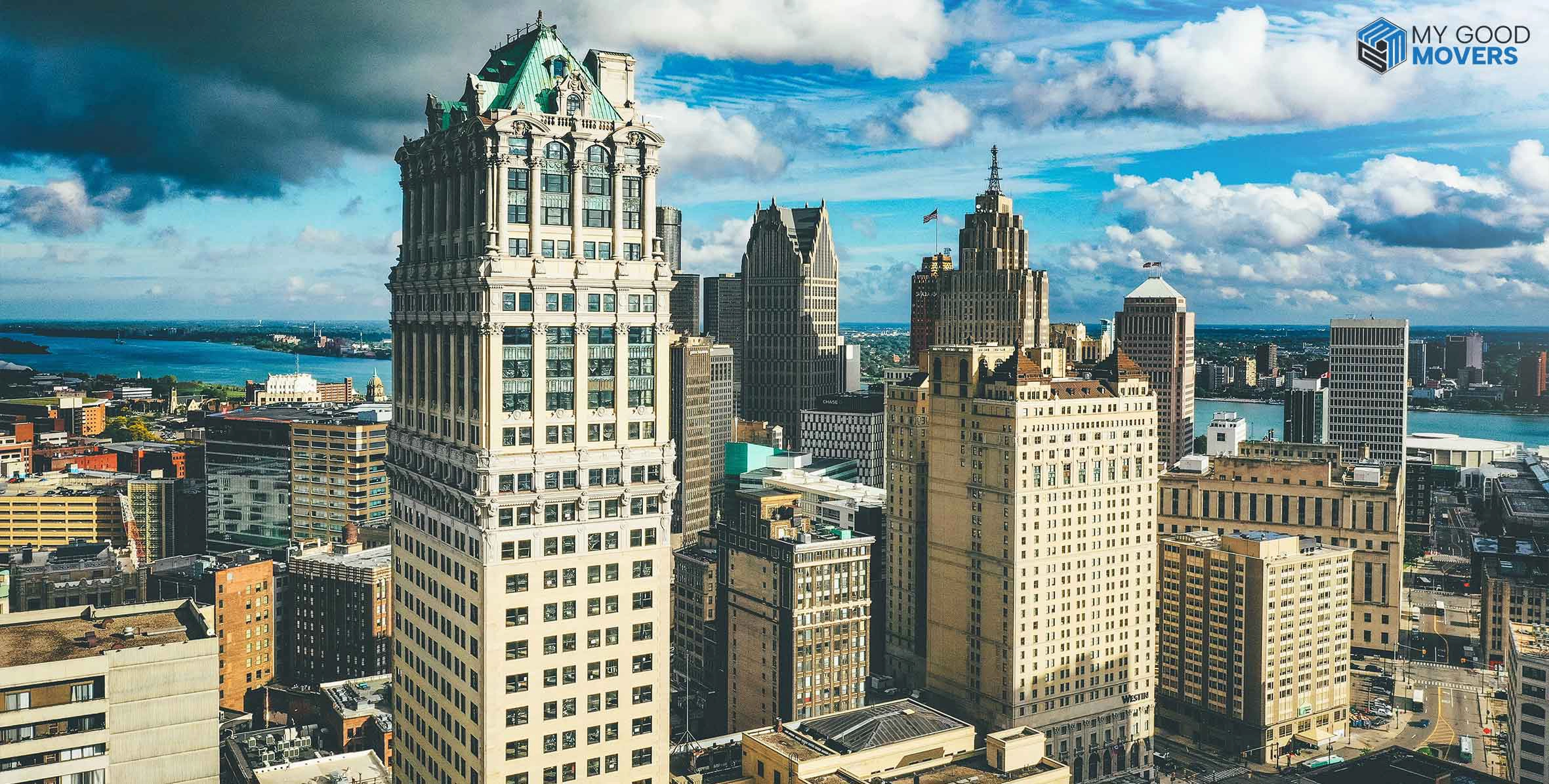

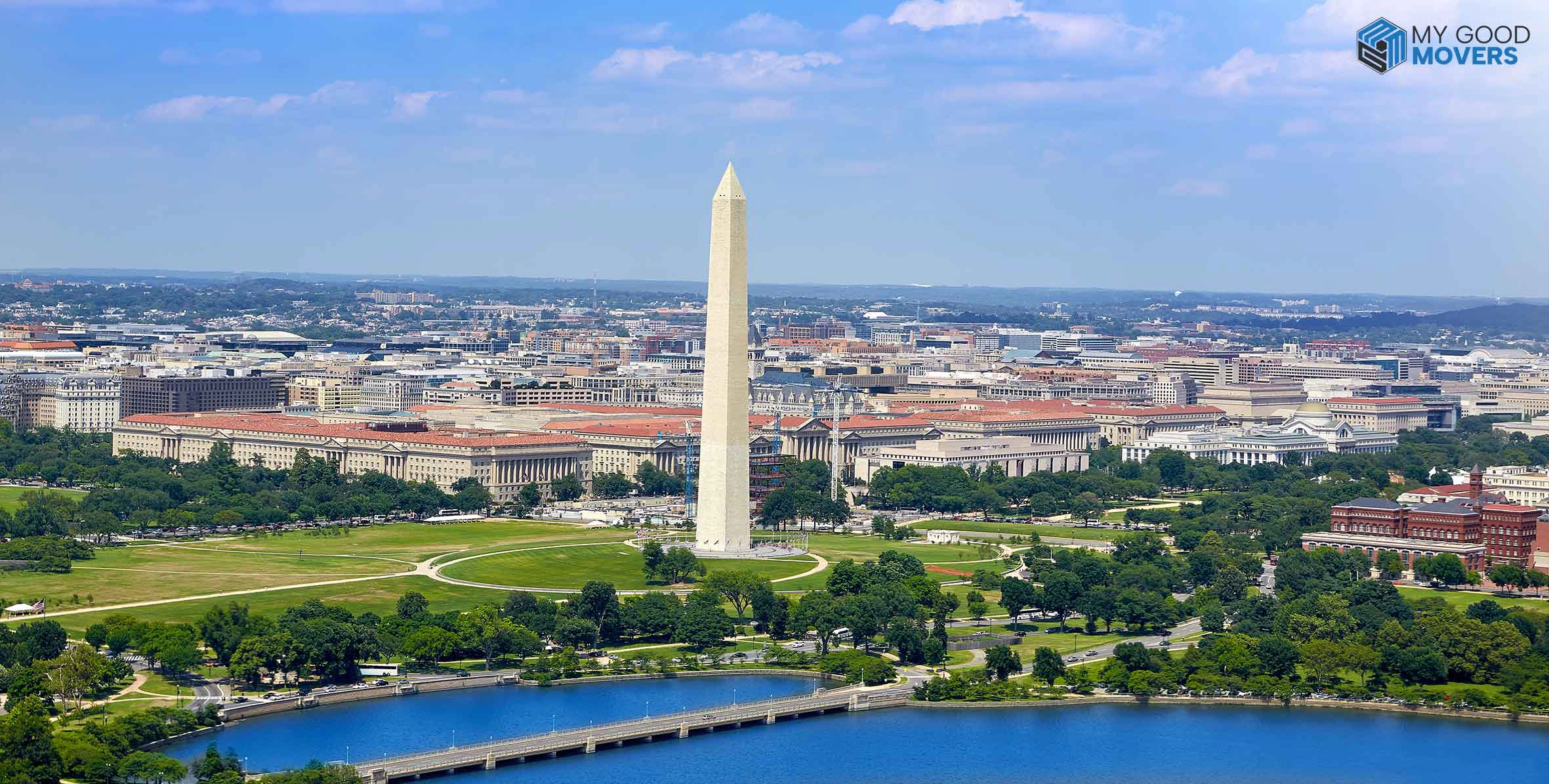

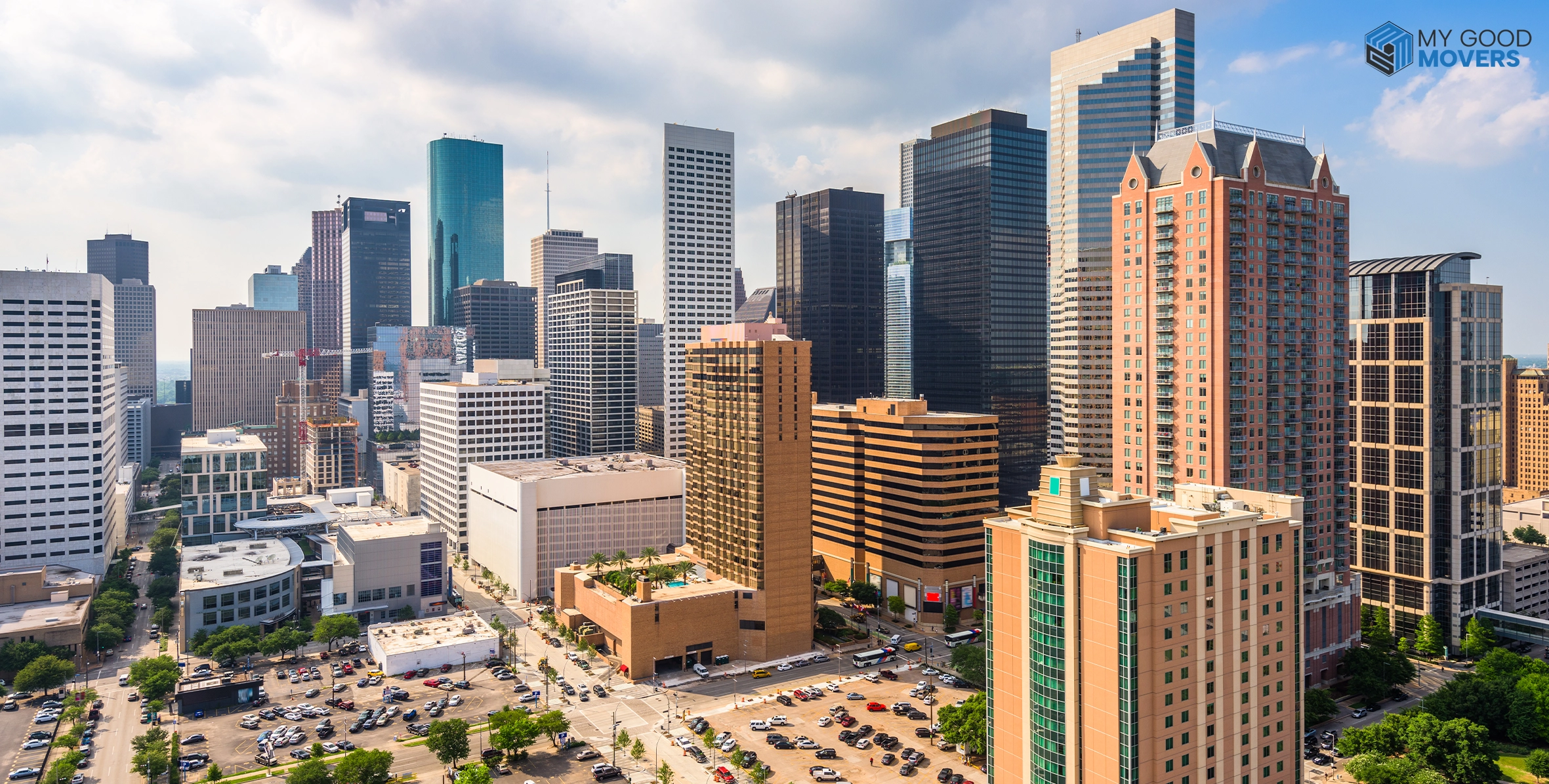
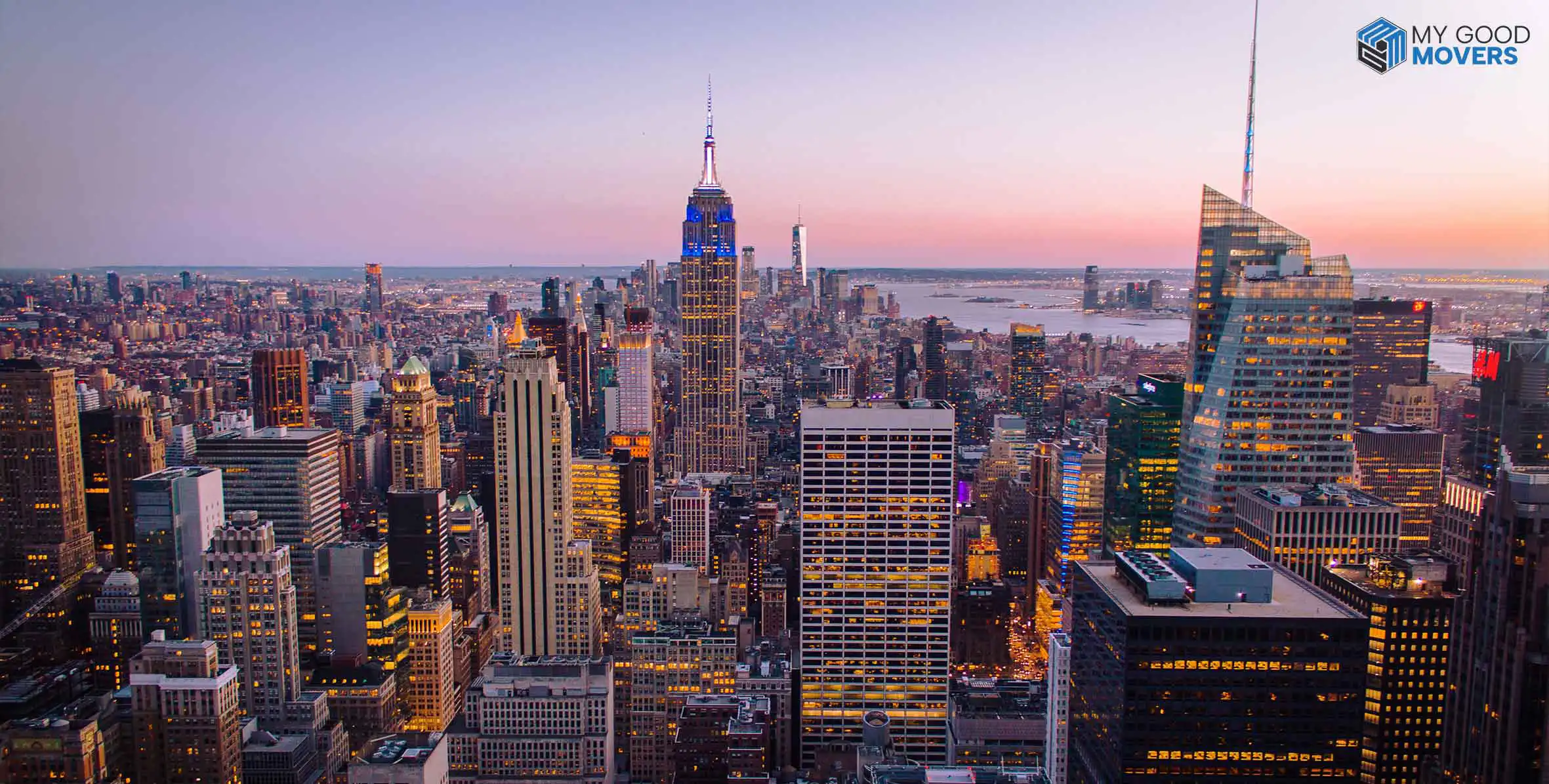
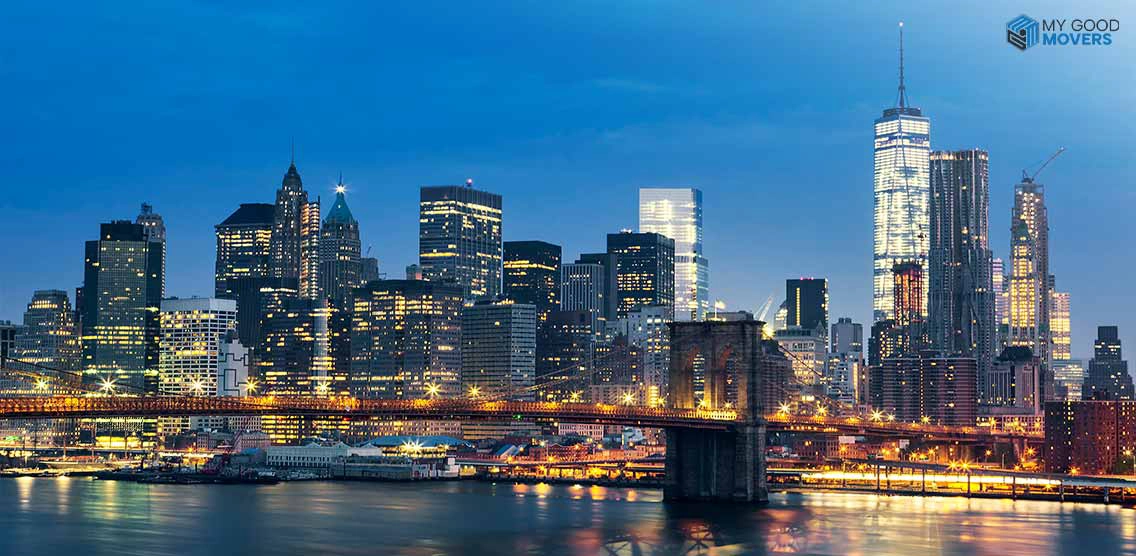
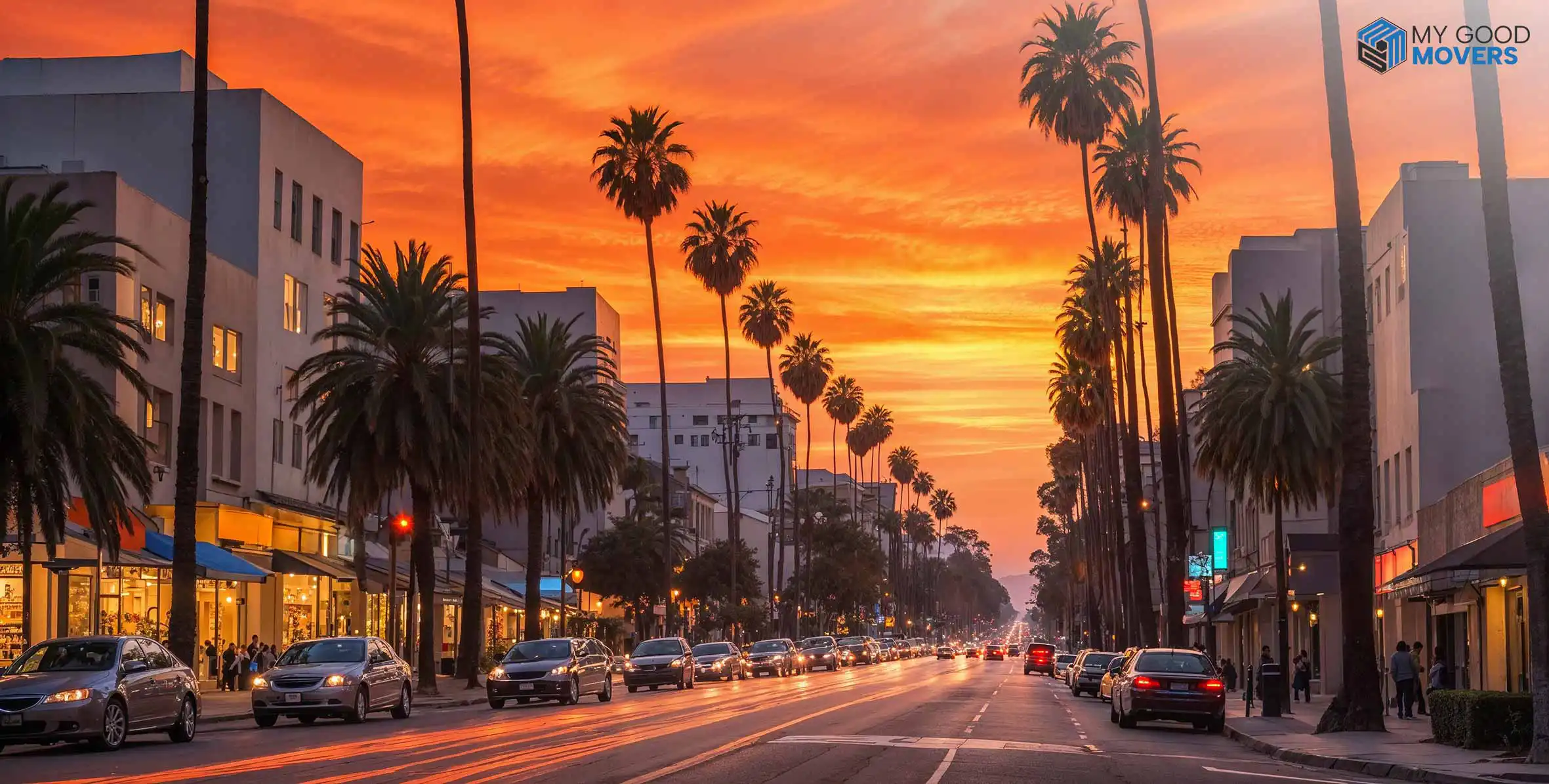
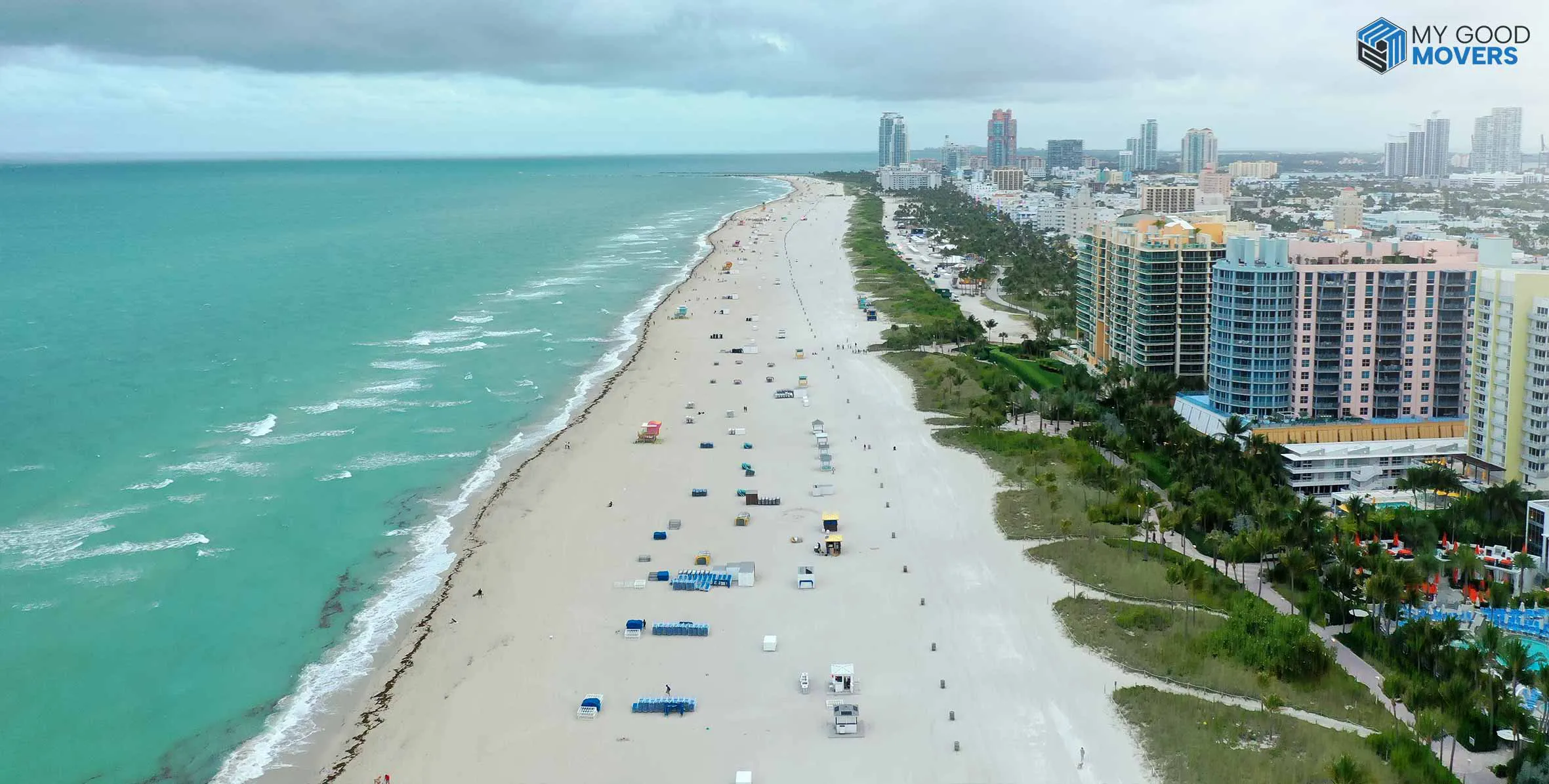
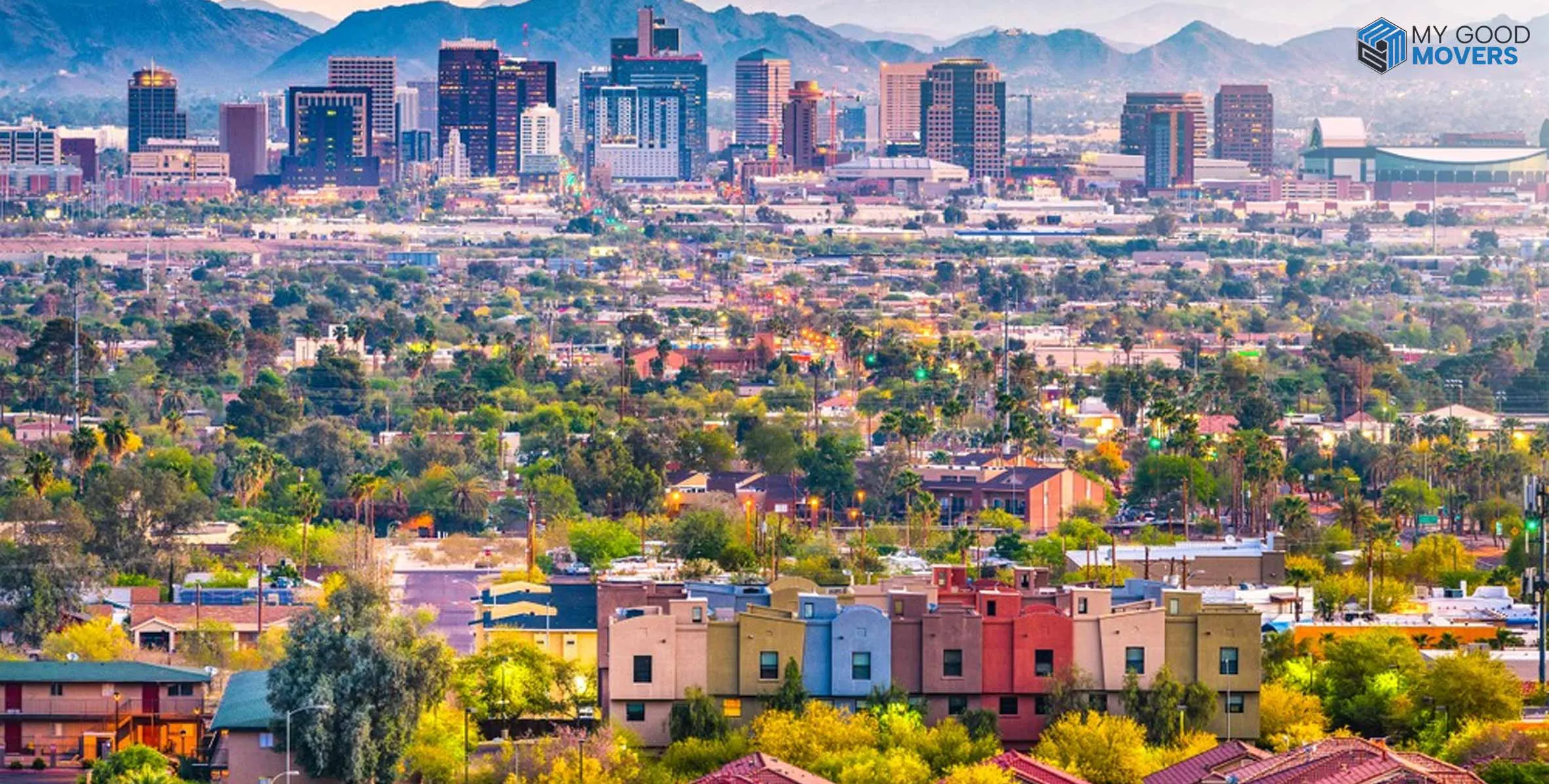
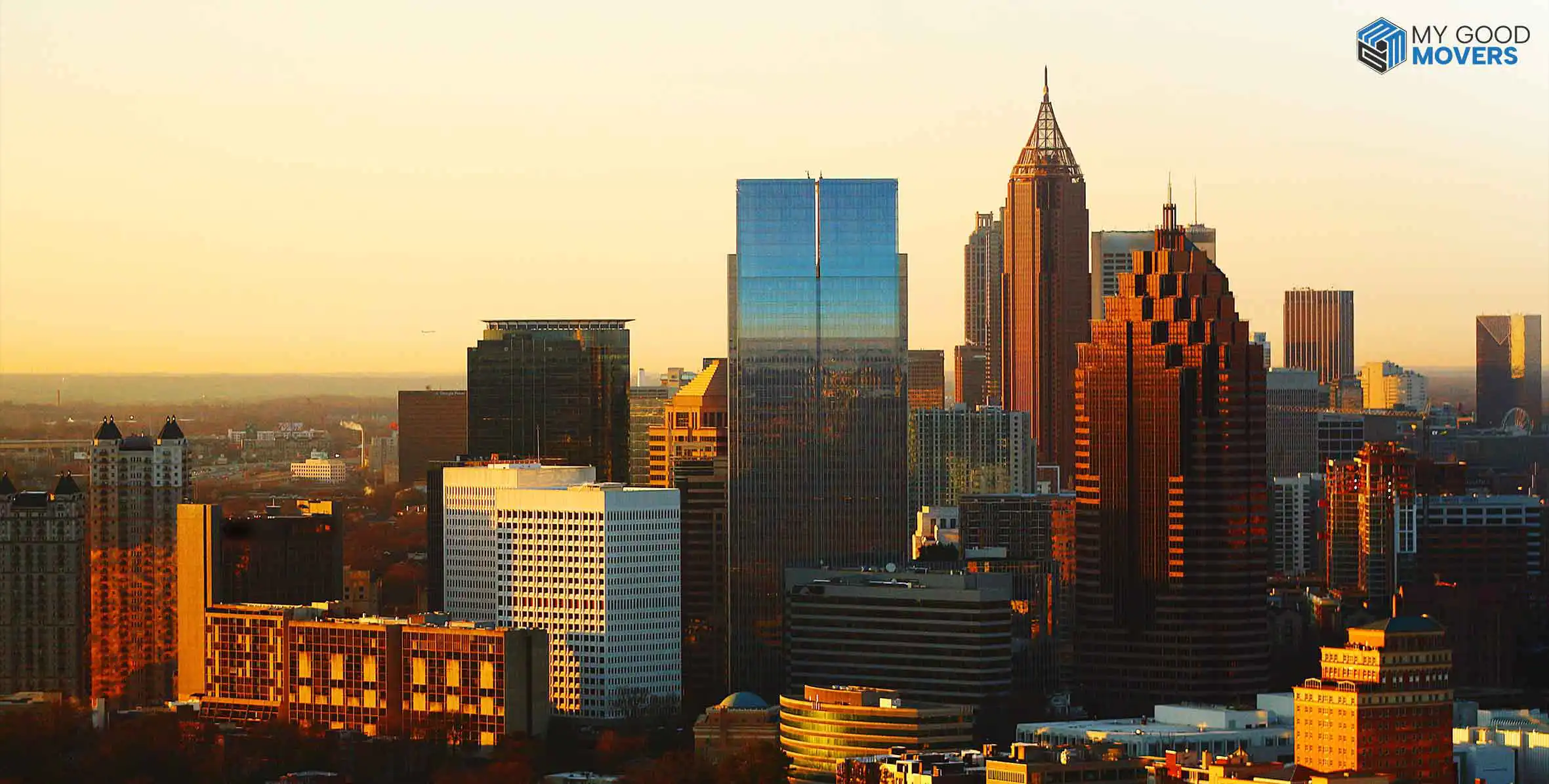
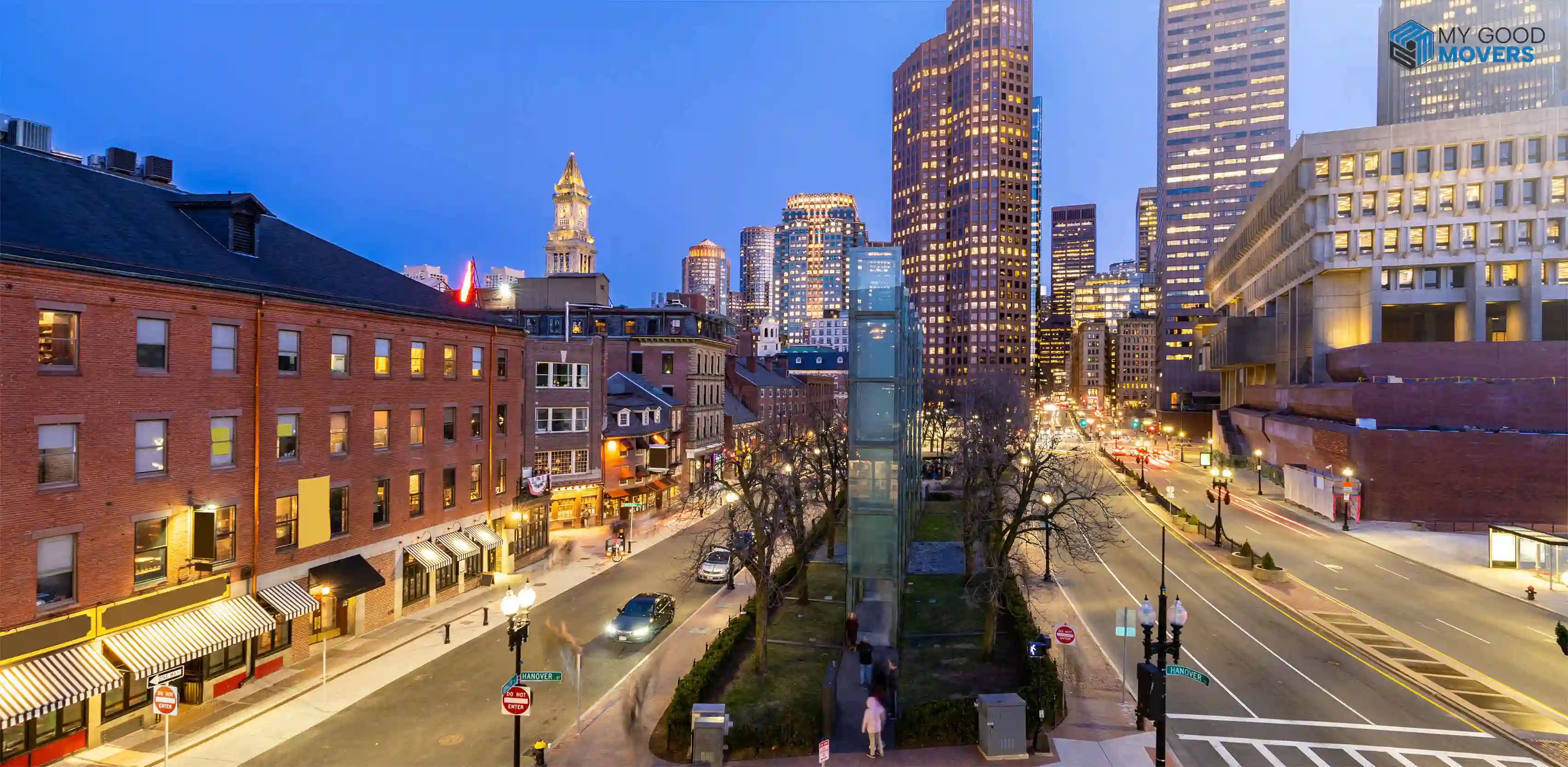







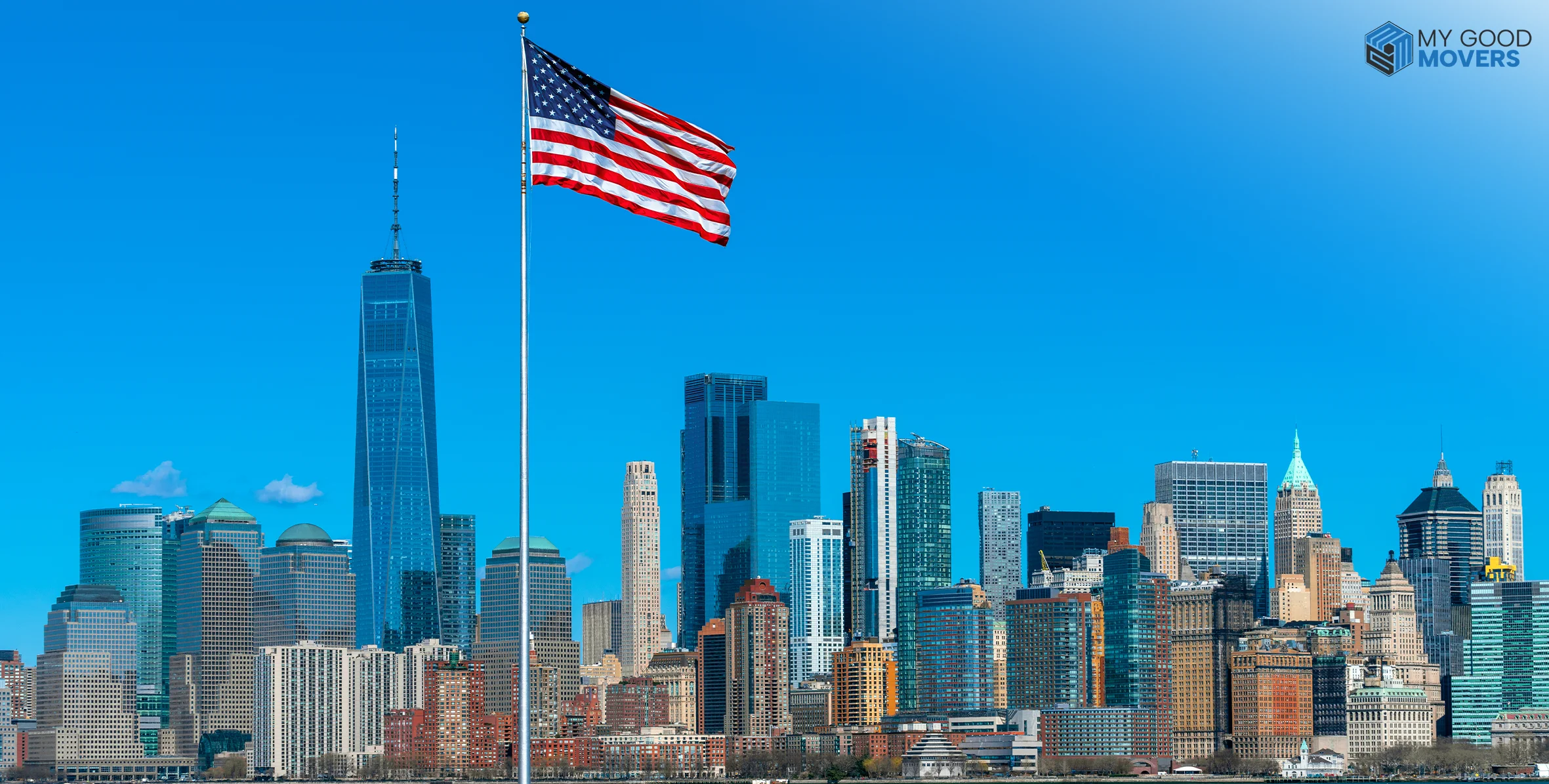

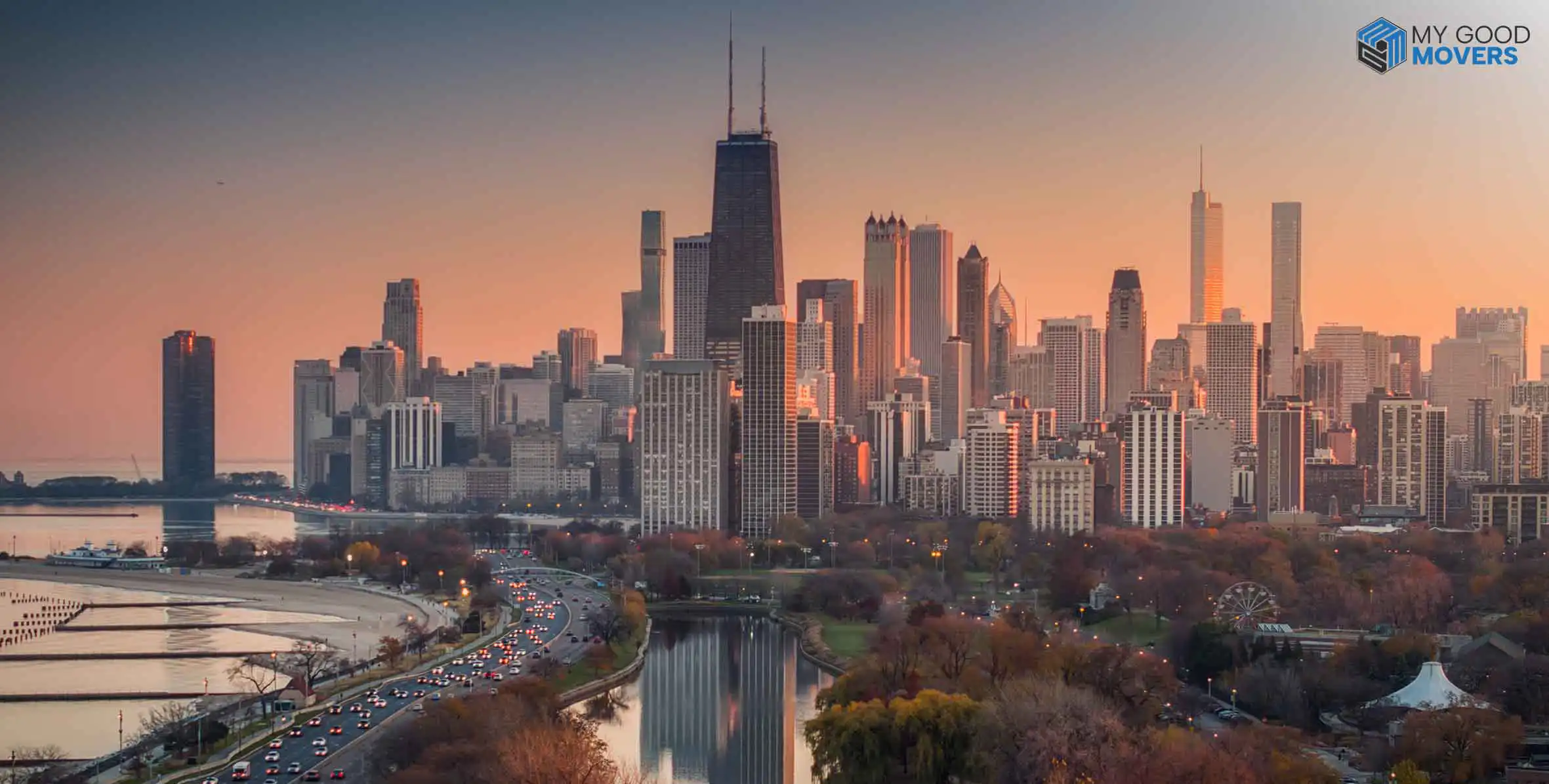


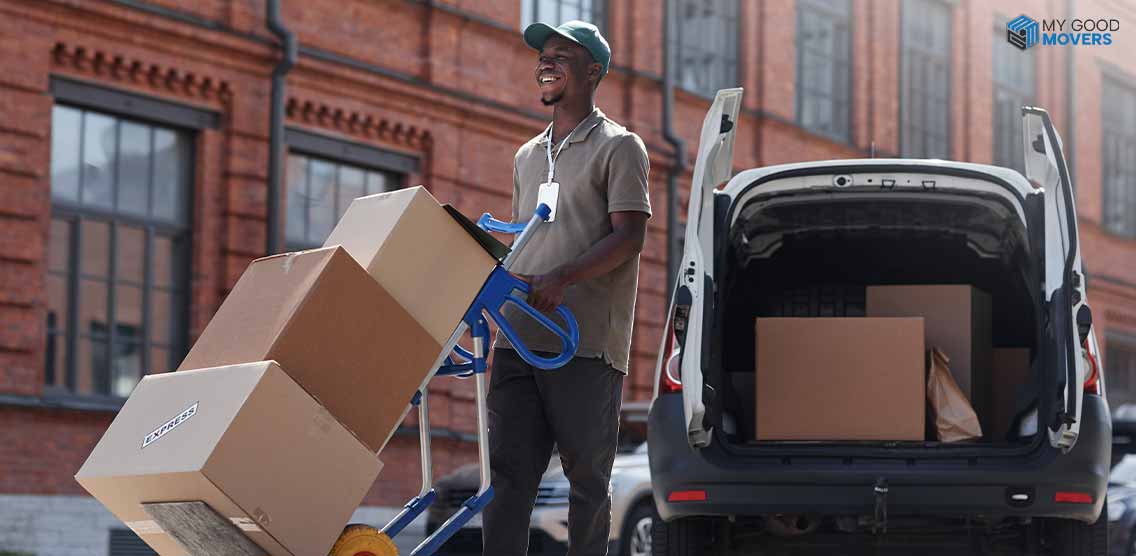

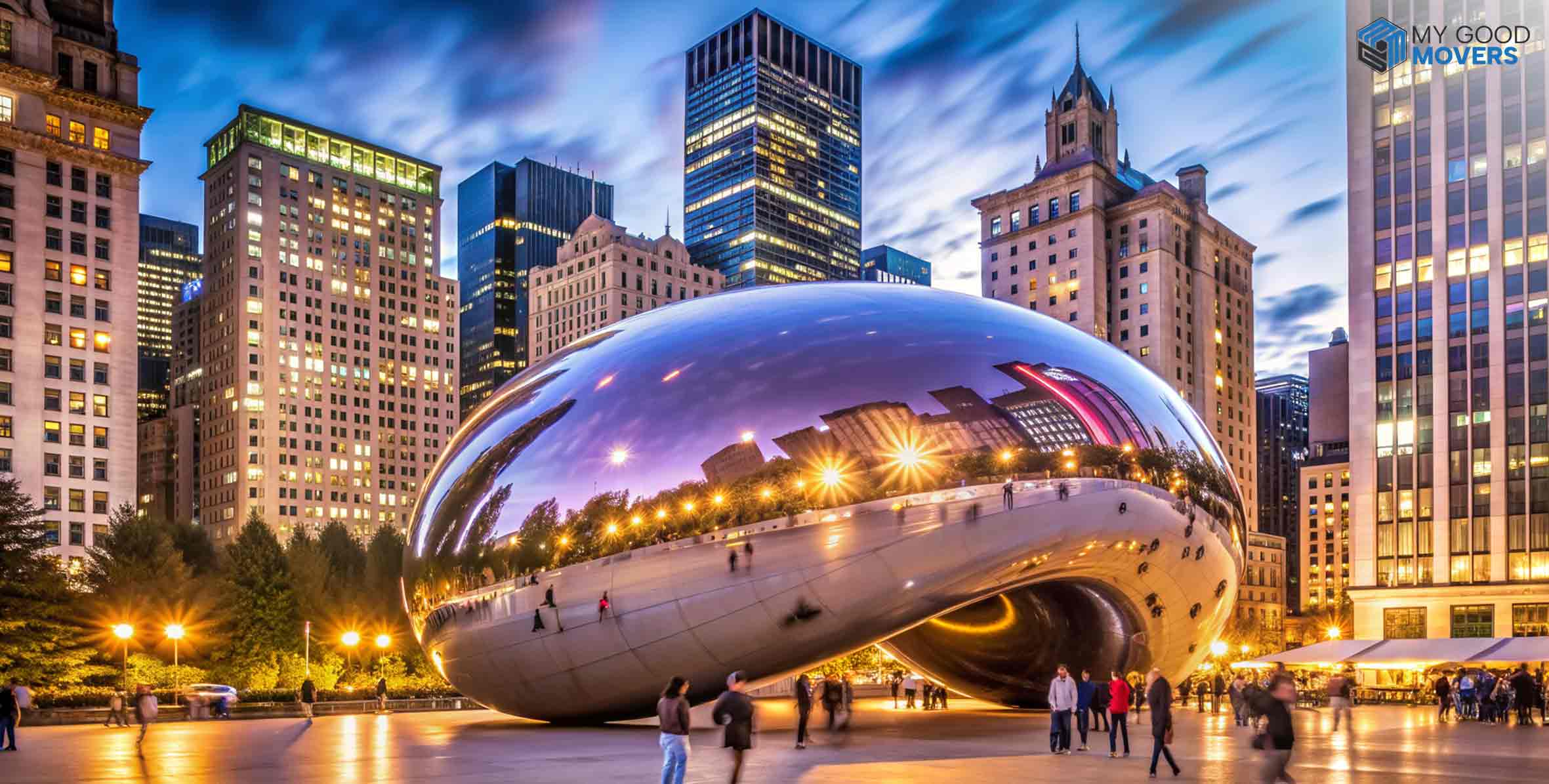
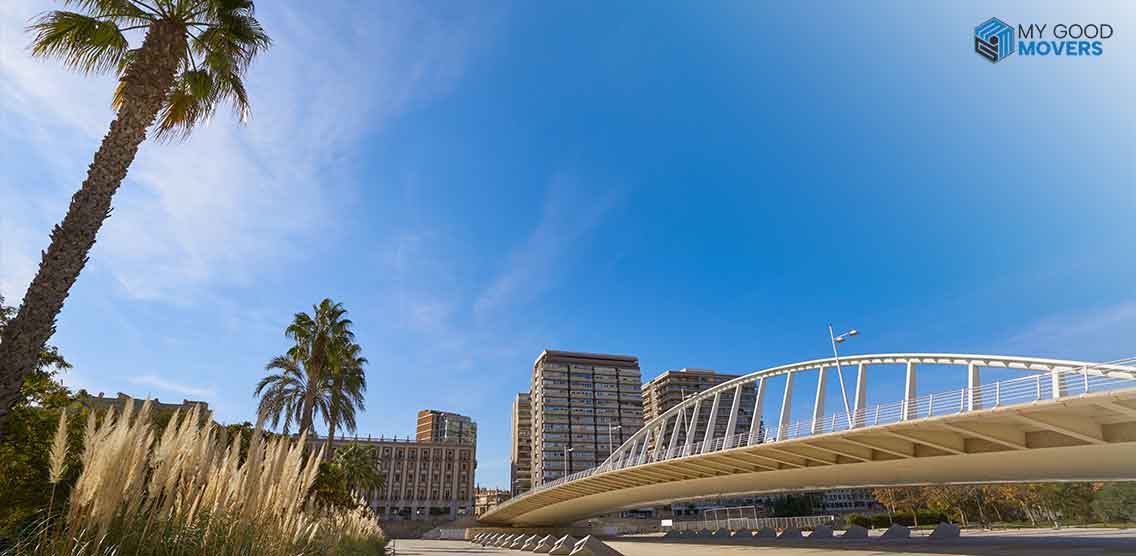
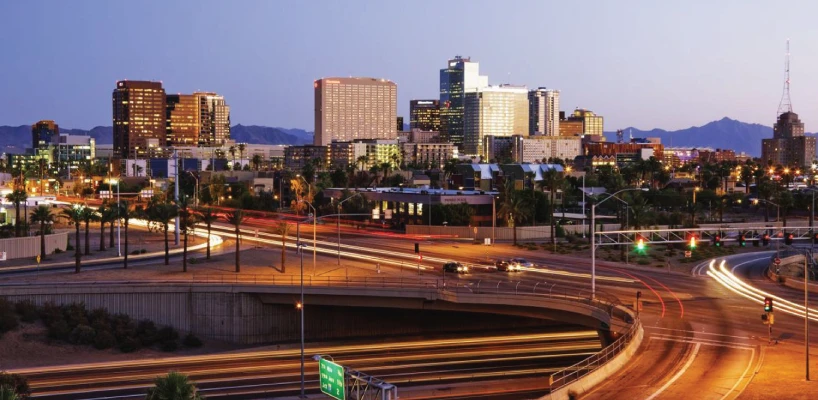
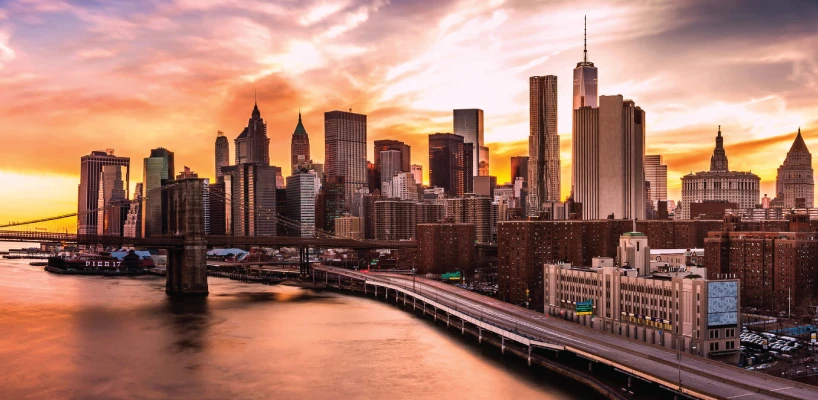

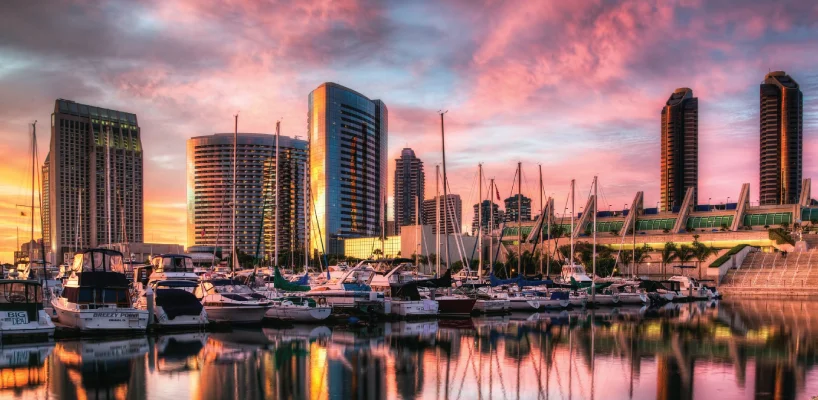

 (239) 799–6077
(239) 799–6077